14 Free Islamic Teachings transparent PNG images
Explore our collection of 14 free AI-generated images under the 'Islamic Teachings' tag. Discover a diverse array of stock photos, 3D objects, vectors, and illustrations that showcase the richness and diversity of Islamic art and culture. Download high-resolution versions of these images and use our 'open in editor' feature to customize the prompts and regenerate your desired visuals.
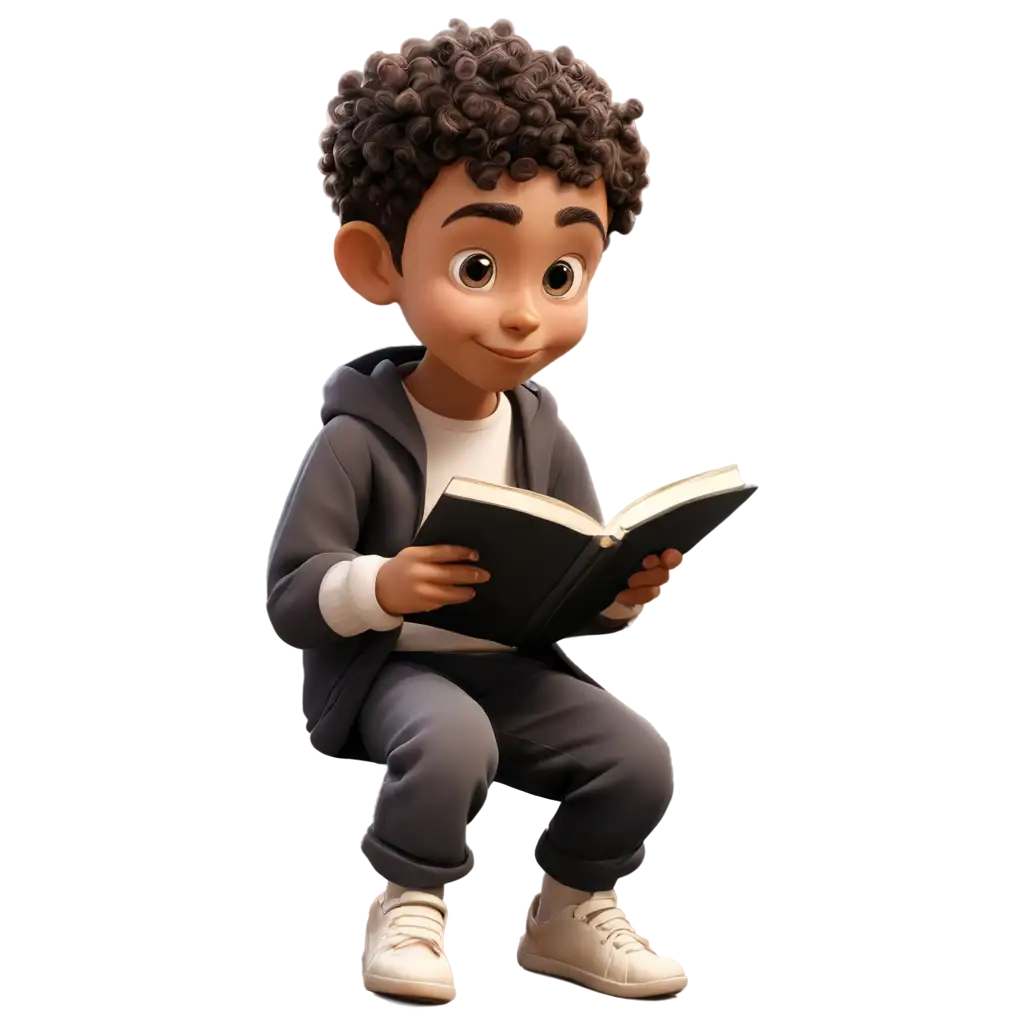
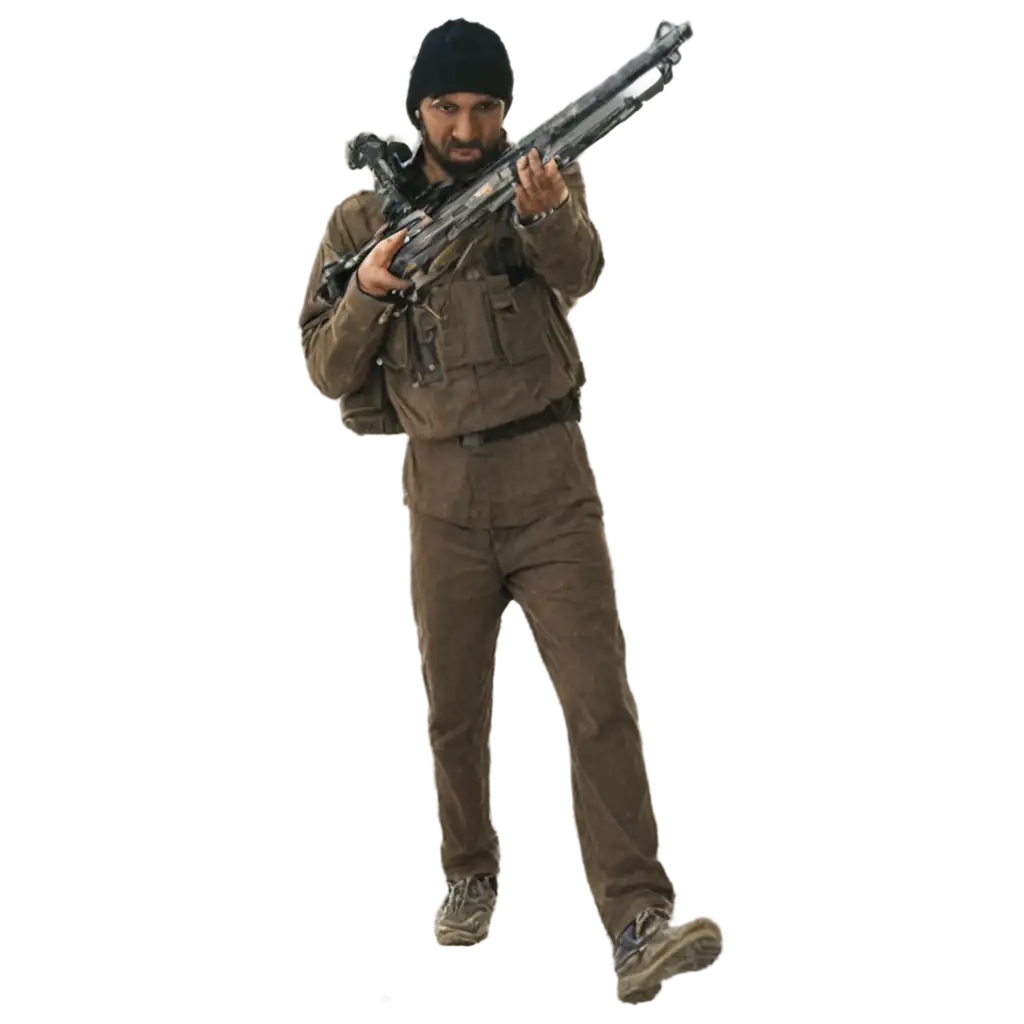

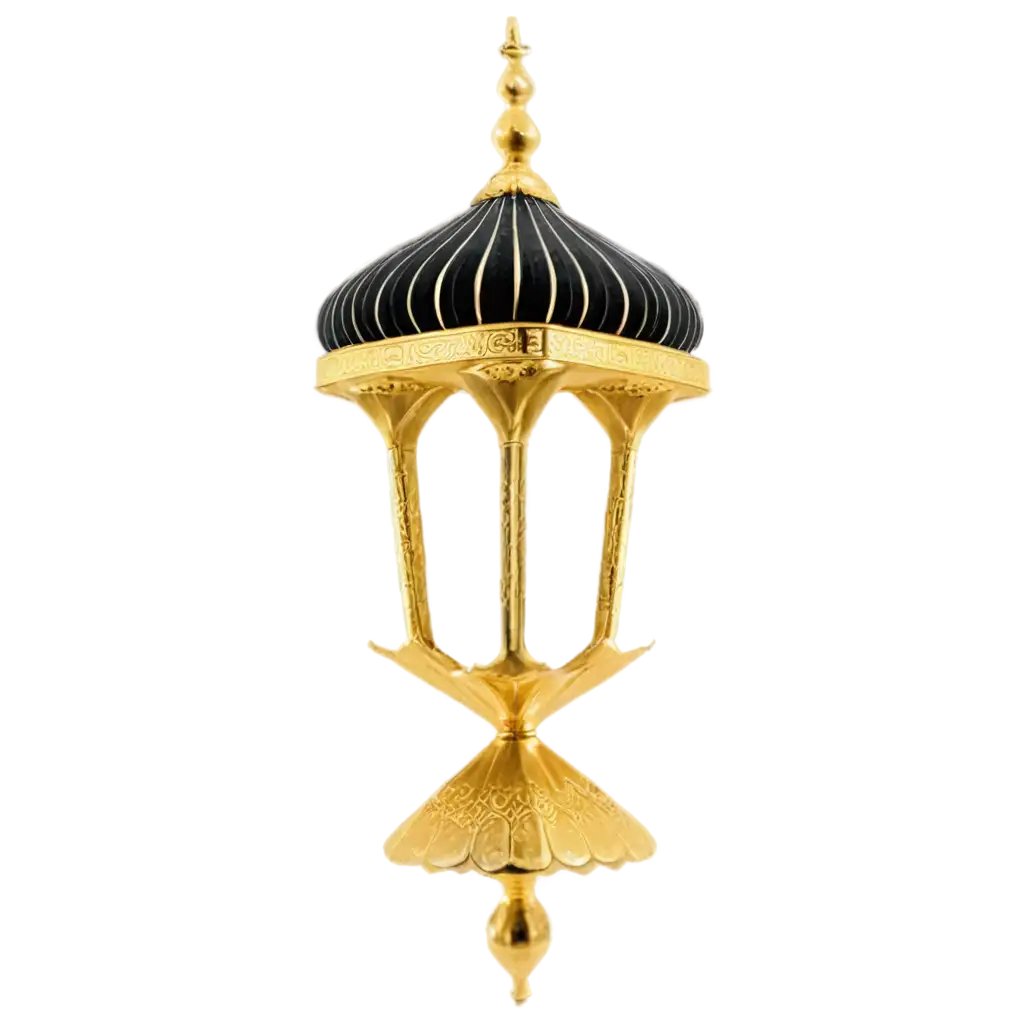

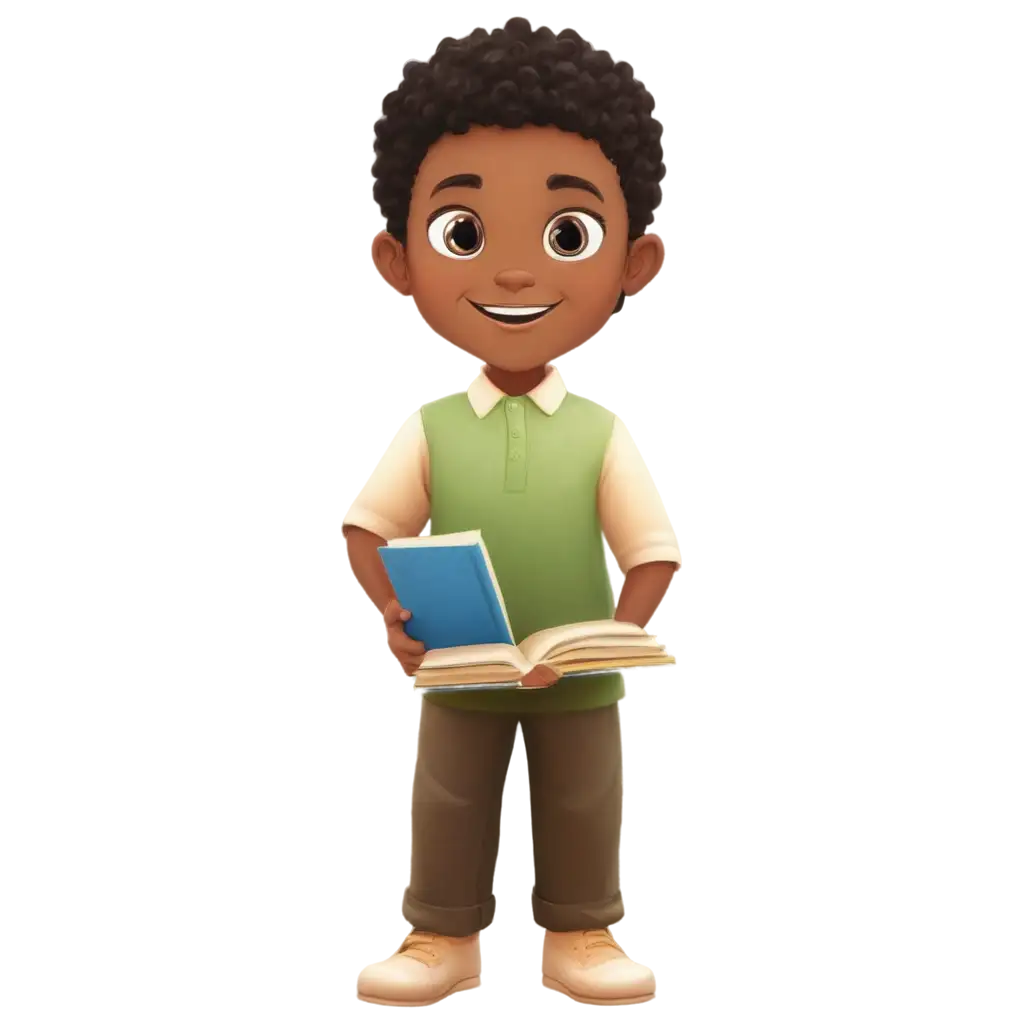
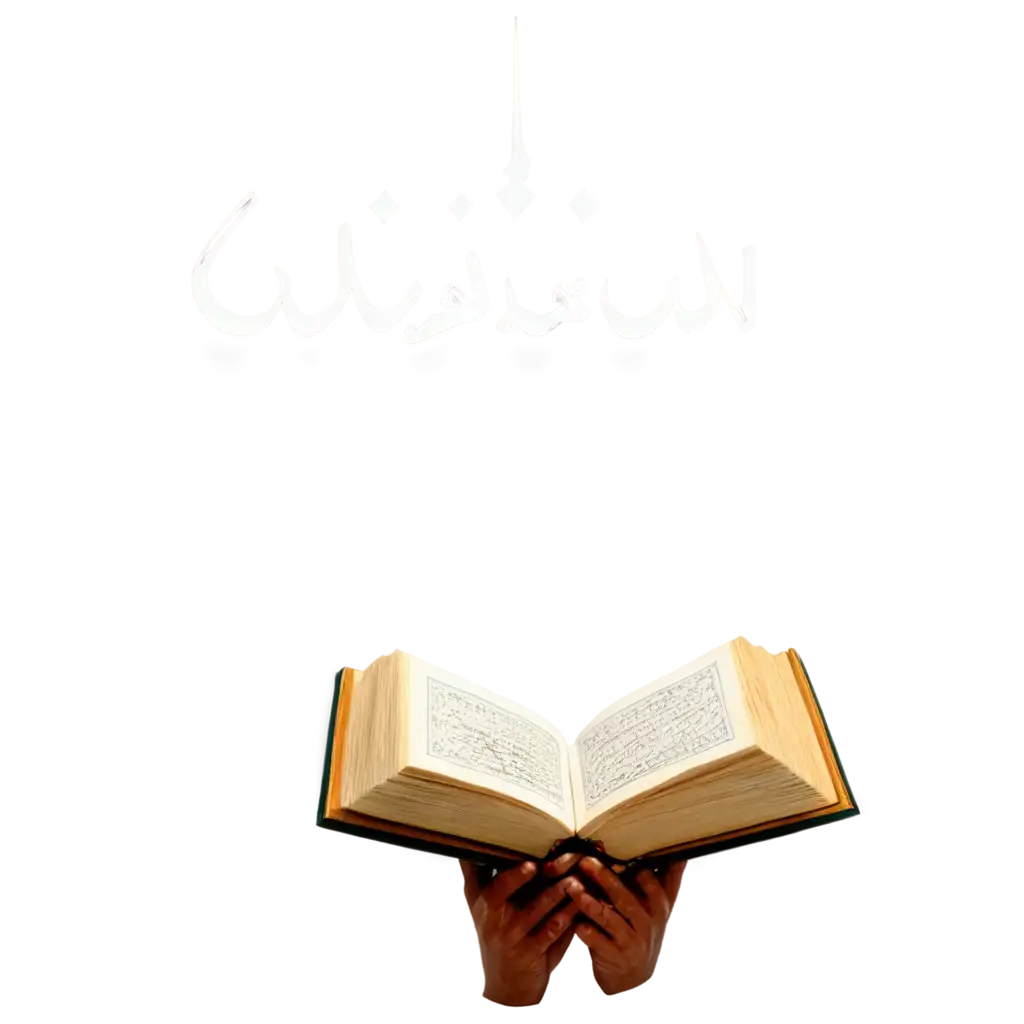
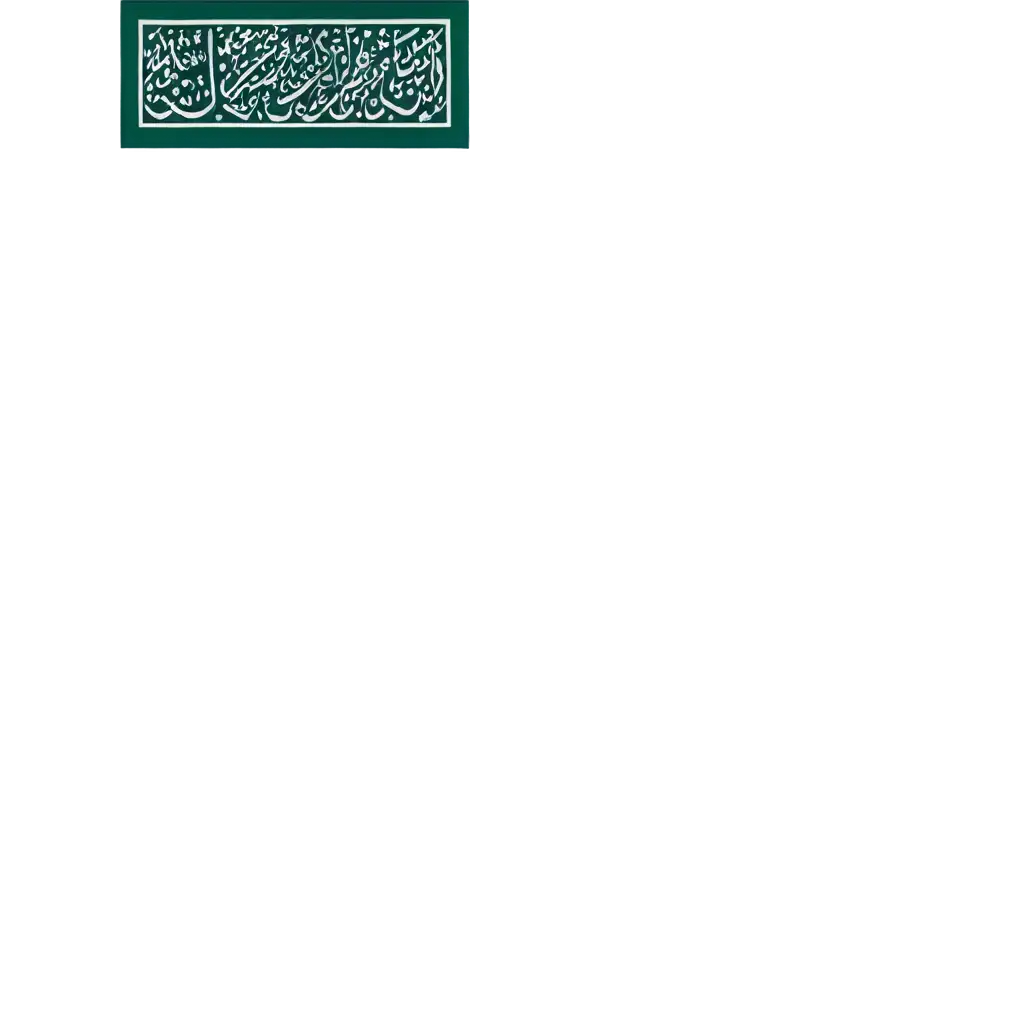

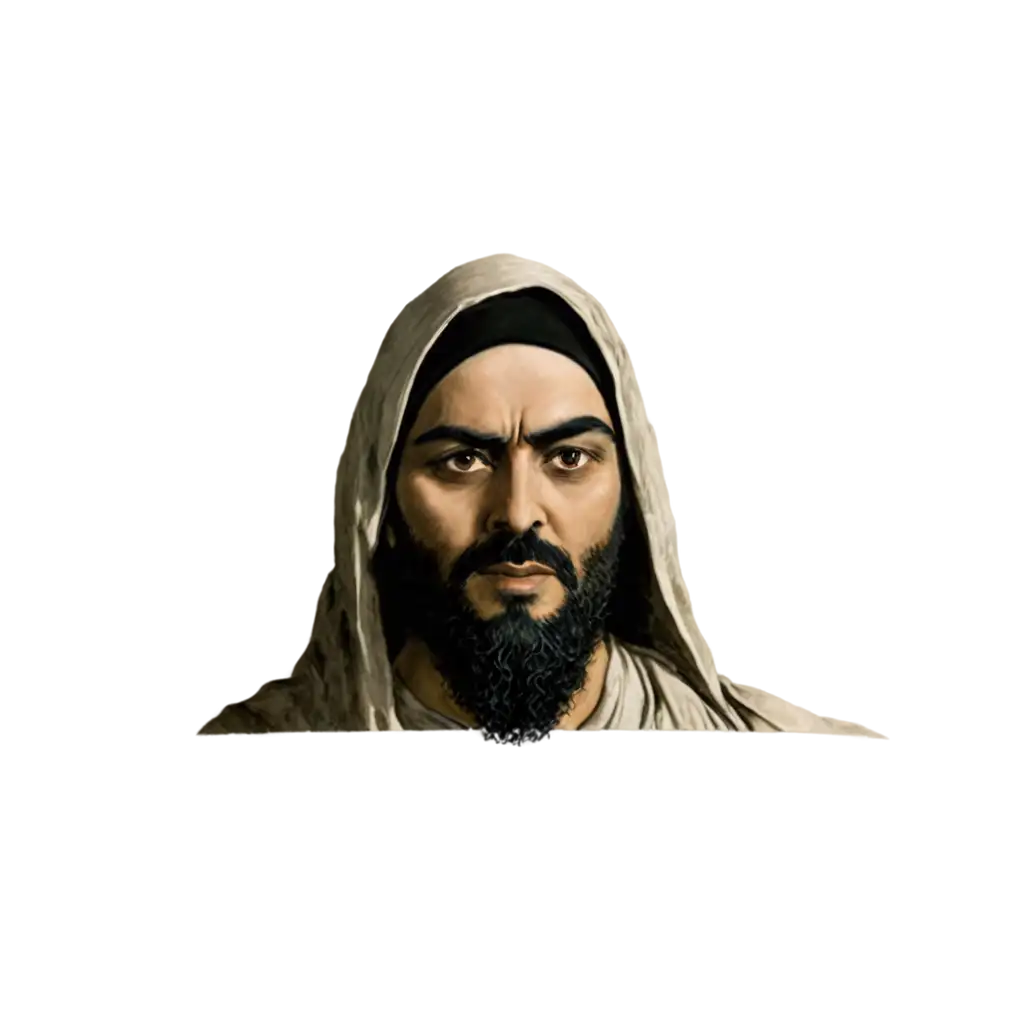

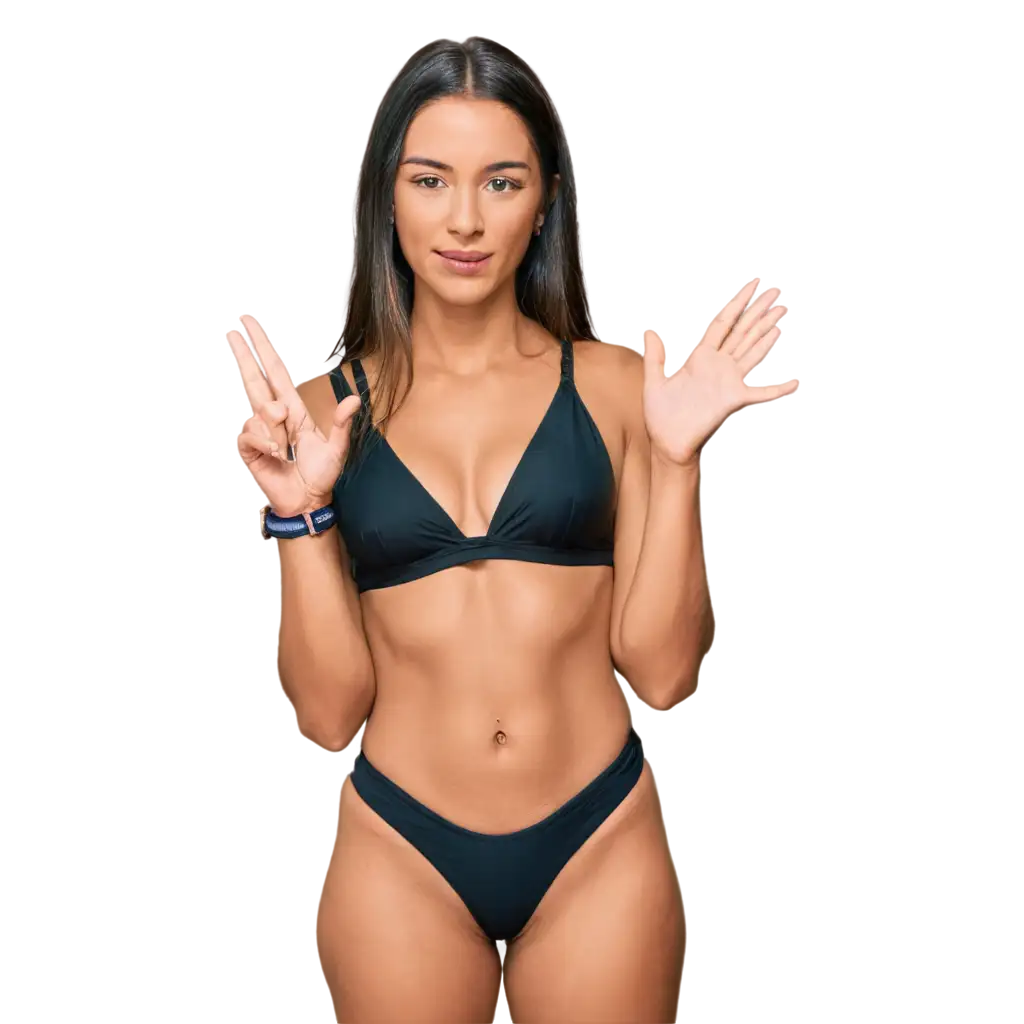
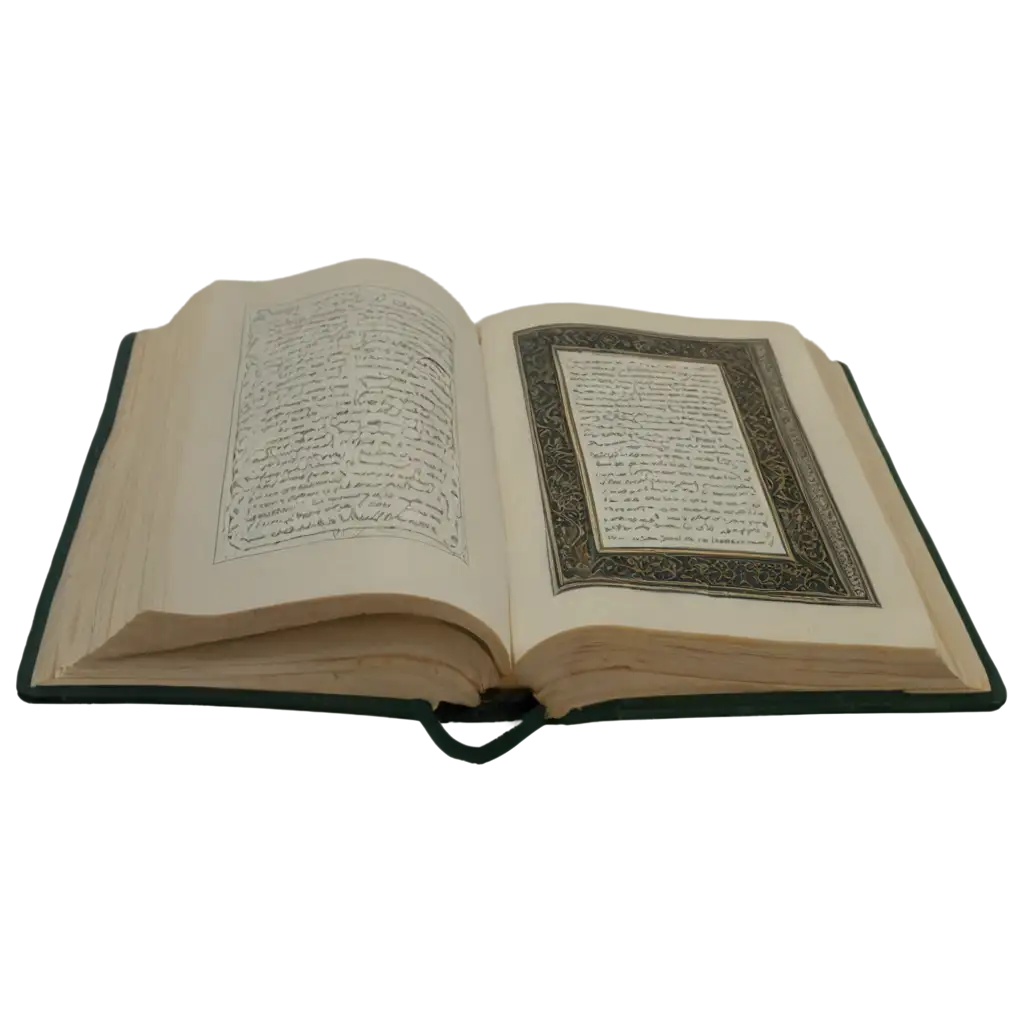

Related Tags
Islamic Teachings have profoundly influenced the artistic traditions of the Muslim world for centuries. The foundational principles of Islam, such as the prohibition of figurative representations and the emphasis on geometric, floral, and calligraphic patterns, have given rise to a distinct and captivating visual language. From the intricate tile work of mosques to the ornate illuminated manuscripts, Islamic art is characterized by its intricate detail, harmonious color palettes, and spiritual symbolism. This artistic legacy continues to inspire contemporary creators, who reinterpret traditional motifs and techniques through the lens of modern media and technology.
Definition and Background of Islamic Teachings in Art
Islamic art is often distinguished by its reverence for the divine, as seen in the prevalence of calligraphic scripts, arabesque patterns, and geometric designs. These elements not only serve an aesthetic purpose but also carry deep spiritual significance, reflecting the Islamic belief in the unity and transcendence of the divine. Additionally, Islamic art frequently features natural motifs, such as flowers, leaves, and animals, which are often stylized and abstracted to create a harmonious and visually captivating composition. The use of rich, jewel-toned color palettes and the integration of light and shadow also contribute to the distinctive character of Islamic artistic expressions.
Prevalent Themes and Characteristics of Islamic Art
Throughout history, Islamic art has been shaped by the contributions of countless master artists and craftspeople. Some of the most renowned figures include the calligrapher Yaqut al-Musta'simi, whose elegant scripts adorned the walls of mosques and royal manuscripts, and the Persian miniature painter Reza Abbasi, whose delicate and intricate depictions of court life and mystical themes are highly revered. Contemporary artists, such as the Iranian painter Parviz Tanavoli and the Pakistani calligrapher Sadequain, have continued to push the boundaries of Islamic art, incorporating modern techniques and interpretations while preserving the core principles and aesthetics of the tradition.
Influential Islamic Artists and Their Iconic Works
The impact of Islamic art extends far beyond the geographic boundaries of the Muslim world. Its distinctive visual language has resonated with artists, designers, and enthusiasts worldwide, influencing a diverse range of creative disciplines. In the fashion industry, Islamic motifs and patterns have been prominently featured in the work of renowned designers, while in architecture, the iconic domes and arches of Islamic buildings have inspired modern structures across the globe. Furthermore, the calligraphic scripts and geometric designs of Islamic art have been widely adopted in graphic design, typography, and even contemporary digital art, demonstrating the timeless and versatile nature of this rich artistic tradition.
The Enduring Influence of Islamic Art on Global Culture